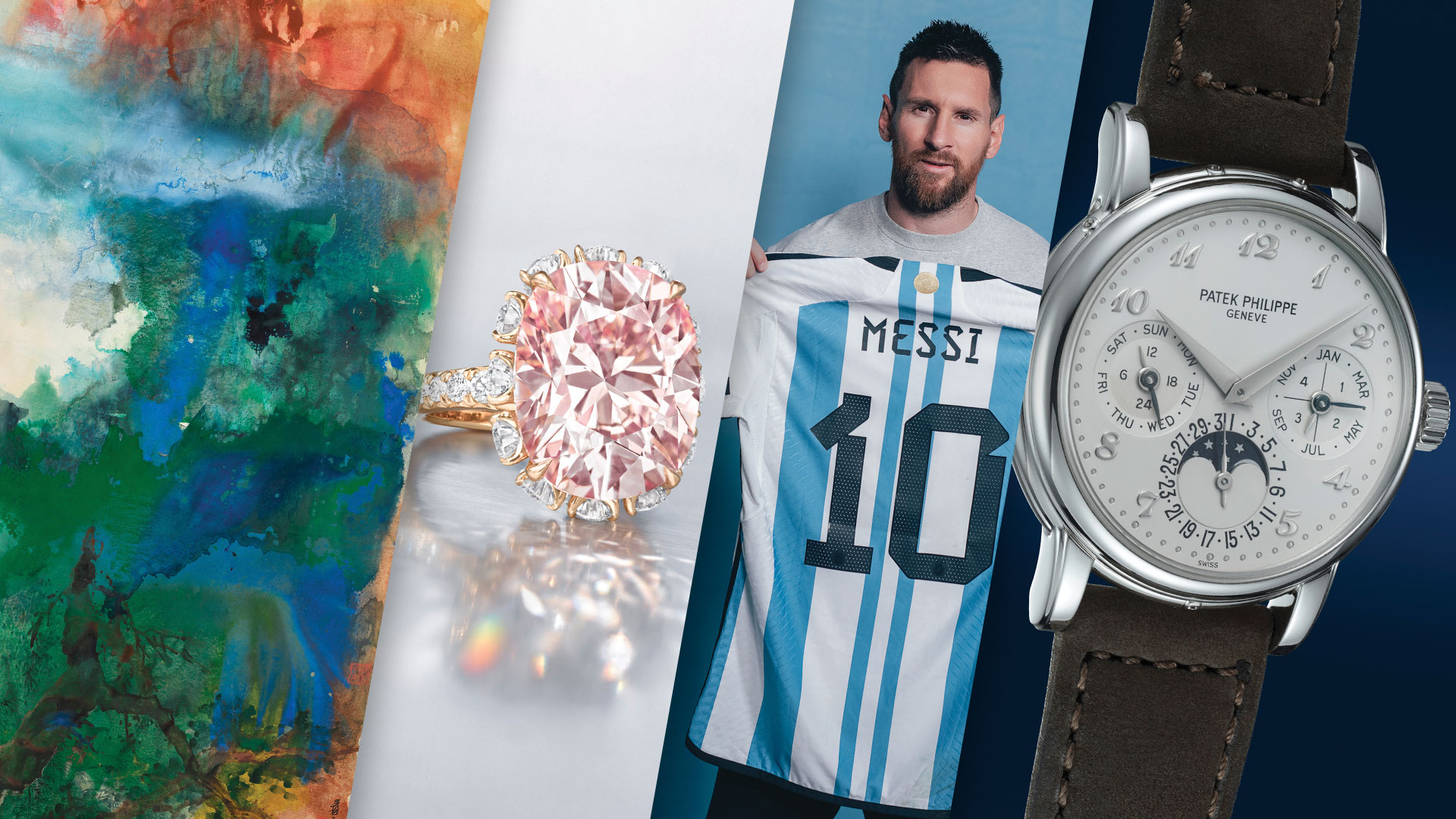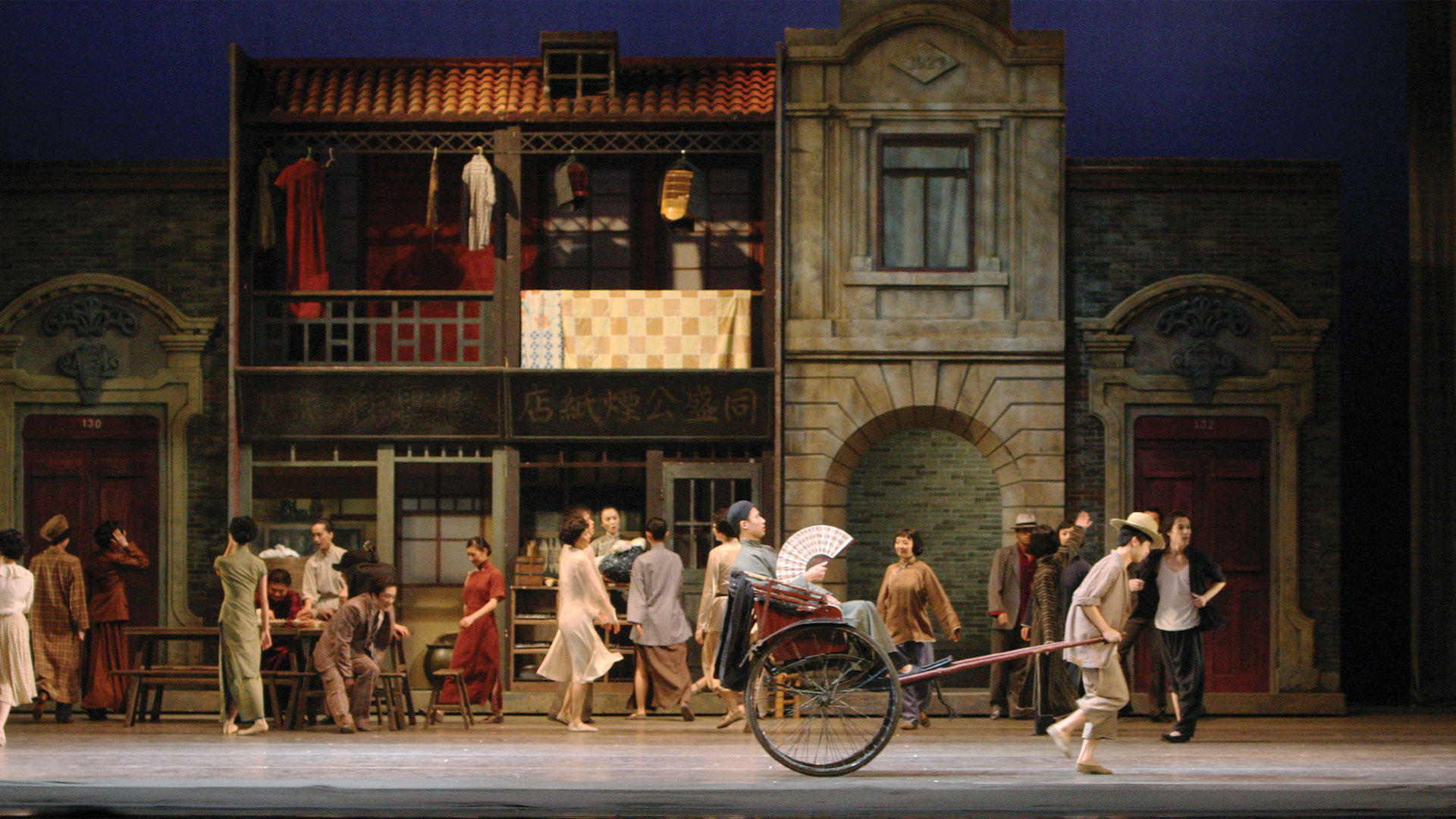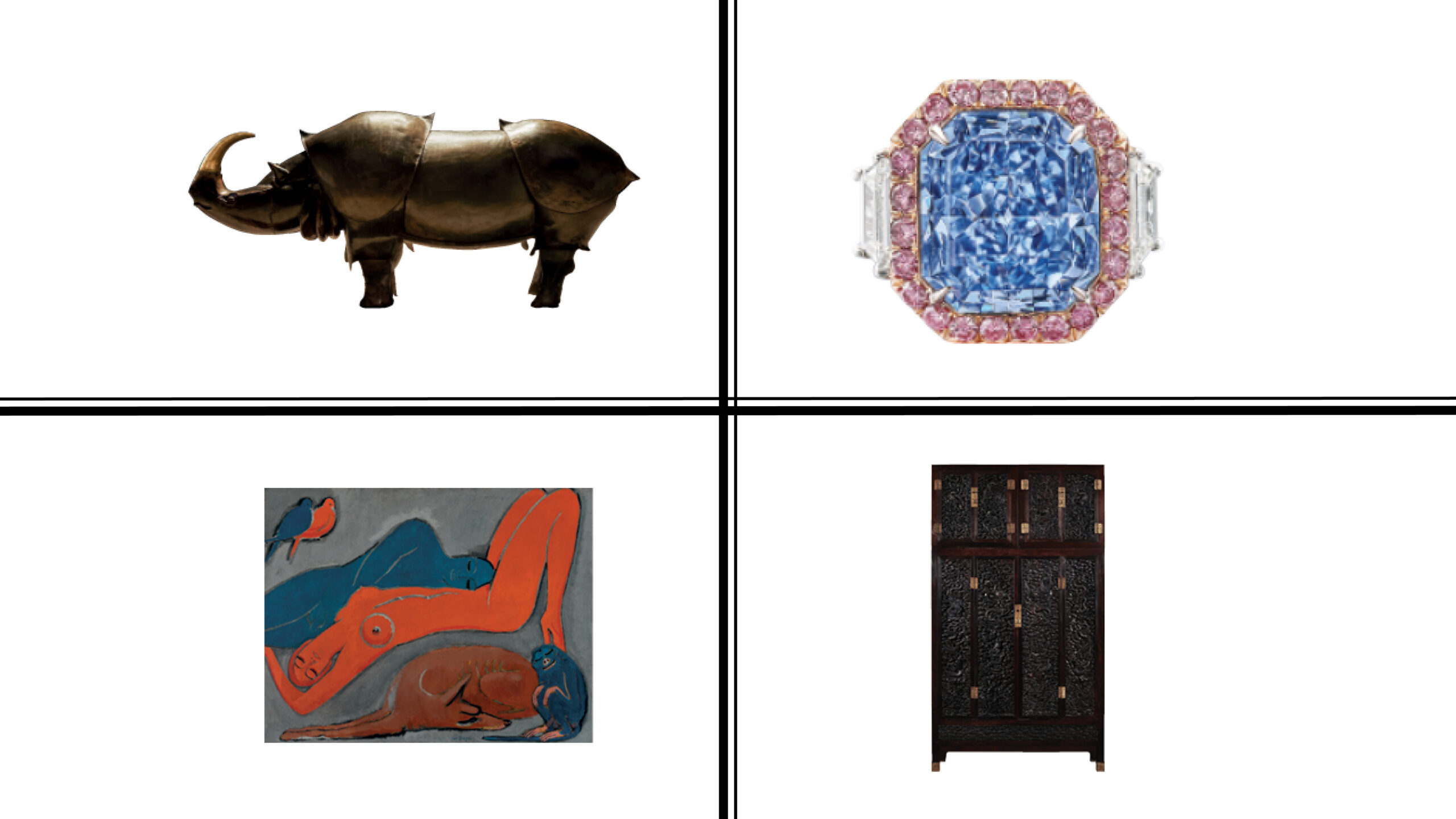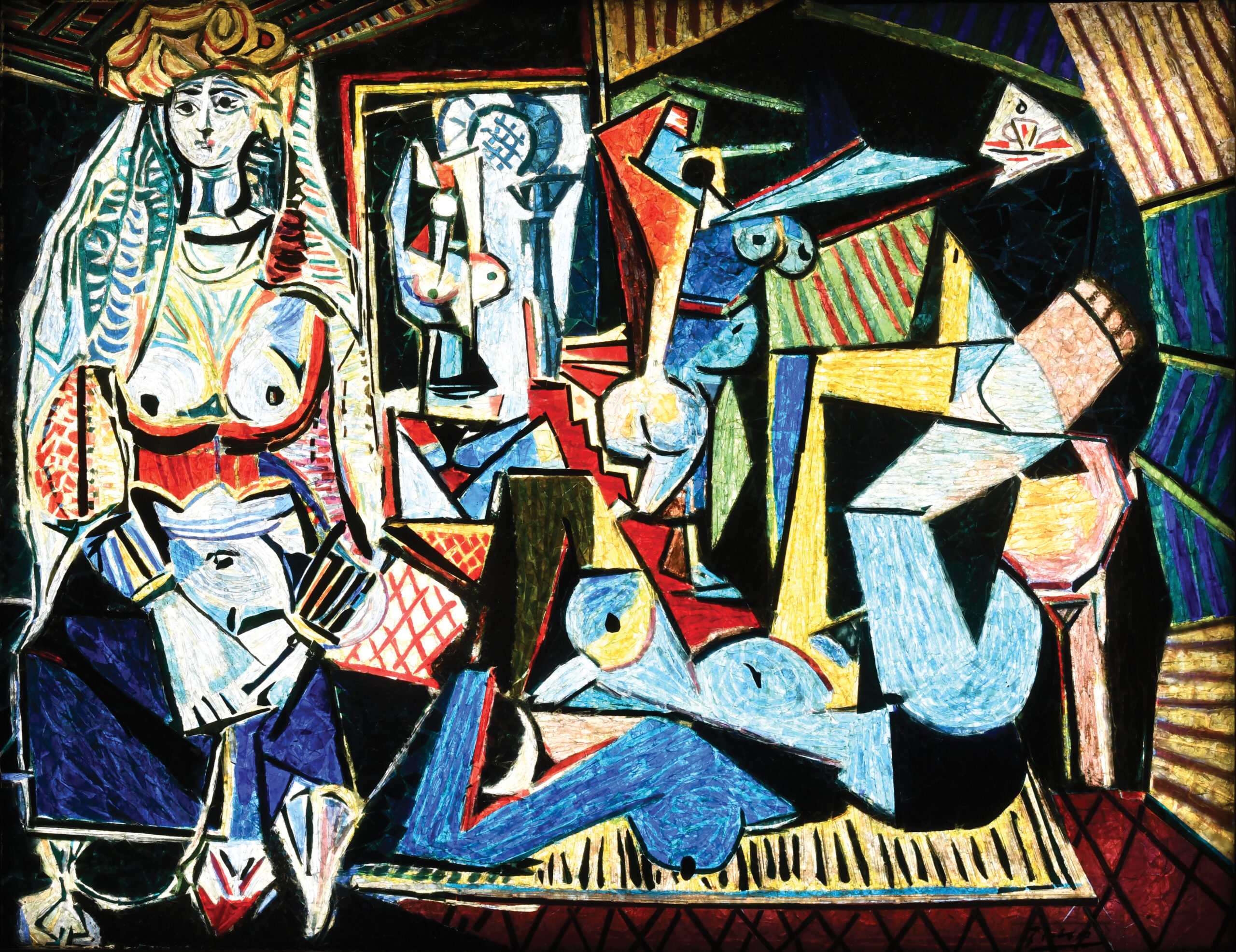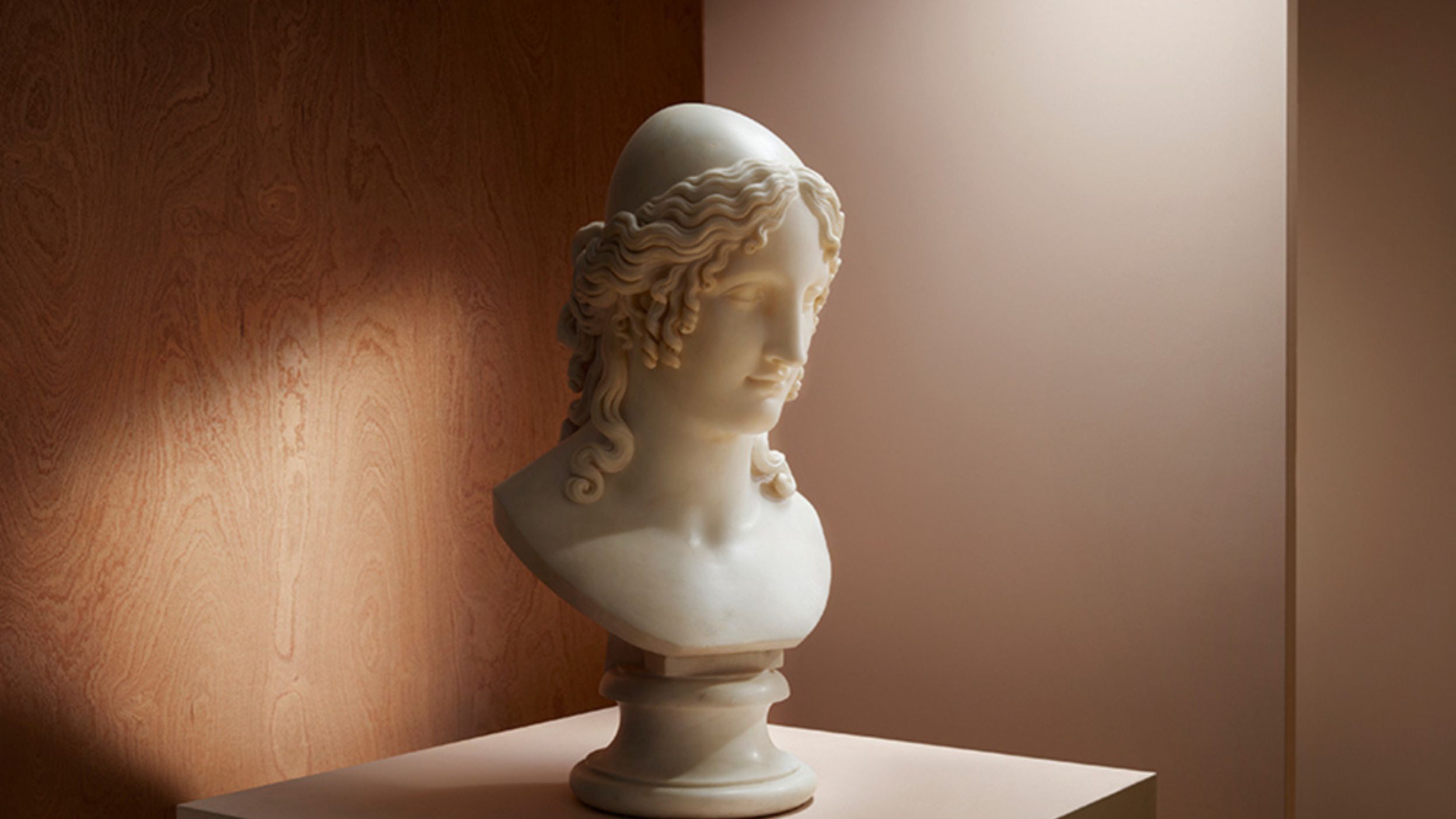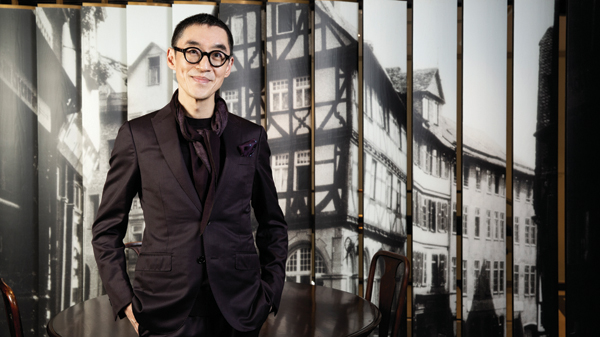
F11 Foto Museum’s Douglas So on creating space for photography in the city
With F11 Foto Museum and f22 foto space, corporate lawyer turned gallerist Douglas So has deliberately refocused his energy on framing the world more beautifully.
When did your love of photography begin?
I’ve liked photography since I was in secondary school, but it wasn’t until after graduating from university that I became more interested in understanding it and appreciating the works of prominent photographers. Somehow, photography speaks to me more than any other art form. Besides, looking at good photography has certainly improved my own skill with the camera.
I also enjoy history, so film photography – especially by Magnum photographers – before the age of the internet had a huge influence on my life and in shaping my perspective of a world that I did not known before. It was also through great old works of photography that I developed a strong passion for collecting vintage cameras, particularly Leica cameras, photographs and photobooks because many important photographers at that time used a Leica. This model of camera has an association with capturing some of the most monumental events in history and iconic images of the world.
You were a successful solicitor before becoming a gallerist. What was that like?
Studying law was my mother’s idea. Looking back, I’m glad that I followed her advice. Apart from earning the income necessary for me to pursue my many hobbies, my career as a lawyer helped me adopt an attitude that doesn’t let me look at things pessimistically, but rather be determined to find a creative solution to every issue, even when it seems there isn’t one.
I’ve never regretted spending so much of my time being a lawyer. In fact, I quite enjoyed it. I was first at Baker McKenzie to be a private practitioner before I moved to the Hong Kong Jockey Club. I successfully completed the IPO of some of the largest companies in China, such as China Eastern Airlines and PetroChina, when the country was just starting to tap into the capital markets and a lot of rules were still unwritten. It was a very exciting time, working with some of the greatest minds and constantly encountering things we hadn’t seen before, then creating solutions for them – there was something to learn everyday.
How did you become a gallery owner?
Although I miss my days as a corporate lawyer, after a few mega corporate finance transactions, I felt it was time to move on – perhaps to avoid the anti-climax that was bound to follow. So, in 2000 I moved in-house to the Hong Kong Jockey Club. It was a totally different experience from working in a corporate context, but I had the opportunity to learn something new once again. After 10 years, I became their executive director of charities, and then started to work on projects related to arts, culture and heritage conservation. I’m very thankful to the Jockey Club for that opportunity, which really opened my mind and broadened my horizons to try something new.
“Being a lawyer helped me not to look at things pessimistically, but to find a creative solution to every issue, even when it seems there isn’t one”
You founded the F11 Foto Museum in Happy Valley in 2014. How did that come about?
Given my love of photography, I’d always wanted to establish a place in Hong Kong where the public could enjoy photography all year round. After my legal practice, I spent more and more time doing charity work at the Hong Kong Jockey Club where I was involved with arts organisations. I think it naturally led me to founding a photography museum.
Knowing my love of old buildings, in 2012 my property agent mentioned that one in Happy Valley had suddenly became available. I wasn’t sure at the time whether F11 would be a gallery or a photo space, but I felt that it was such a wonderful and unique opportunity to weave the concept of art into a beautifully structured ’30s Art Deco-style heritage building. Although I had never run a gallery or museum, I thought to myself, “Let’s do something radical – something worth trying.” Two years later came the birth of F11 Foto Museum.
Needless to say, there were a lot of challenges along the way. But luckily, throughout it all, my team has been wonderful, helping me through exhibitions and liaising with different artists from around the world, as well as looking after the usual problems relating to managing old buildings. We are now moving into our seventh year, and I haven’t the slightest regret about the decision. I believe that following my passion, my heart, was truly important.
Can you share more about the role of the museum?
At F11, our mission comprises three elements. The first is to promote photography. Because of the beautiful structure of the building, we have been approached to let out the space for other purposes, but we decline each time because we want our brand and focus to be very clear. When people think about F11, we want them to think of photography.
Secondly, we want to promote heritage conservation. F11 is a museum, but it is also housed in a Grade three heritage building. We want to breathe an exciting new life into this 90-year-old building by revitalising it as an art and cultural space especially for the younger generation to experience what buildings were like when they were built a century ago.
Lastly, we aim to promote the concept of a private museum. The better-known museums in Hong Kong are public museums funded by the government, such as the Science Museum, the Museum of Art, and the Heritage Museum, but the city doesn’t have enough private museums. These offer a more diverse collection of different arts dedicated to specific themes. I thought running F11 successfully could provide a case study for other people interested in establishing private museums in Hong Kong and we can learn from one another.
Three years after the success of F11 Foto Museum, you established f22 foto space. Could you tell us more about your photo gallery?
We chose the names F11 and f22 because they relate to photography. ‘F’, to any photo lover, means the aperture of the lens – the larger the F-number, the greater the depth of field and the clearer the image. As a brand, it represents a philosophy to always go one step higher and deeper.
With f22, we wanted to go deeper into photography. It’s a gallery, but we wanted to try new things, too. Before its current location in The Peninsula Arcade, it was in Wan Chai and featured a cafe, bookshop and camera store, which was quite unlike F11. Photography is an all-embracing concept; it encompasses images, cameras, photobooks, video and other things. So, we thought that if we could have different spaces, we could offer a variety of attractions and cater to people with diverse tastes.
We also work with diverse artists. With F11, as a museum, we engage with more established talents. One of the reasons why we opened f22 was to work with younger contemporary artists to help promote and sell their work in Hong Kong and overseas.
“F11 was such a wonderful and unique opportunity to weave the concept of art into a beautifully structured ’30s Art Deco-style heritage building”
How can we nurture Hong Kong’s upcoming artistic talents, not just within photography but in the broader art field?
Younger artists need opportunities to work with galleries and museums to showcase their art and meet potential collectors and buyers. Especially with the internet, it’s increasingly challenging to grab the attention of viewers. So, having physical exhibitions is important to expose local artists to key institutions and curators both within Hong Kong and abroad.
Besides that, publications play an important role in establishing an artist. In spite of what is said about everything being available on the internet, it is definitely not the same experience as looking at a well-made photo book. Younger artists need to convince reputable publishers to publish their work and help promote them; it is challenging if their work cannot be exposed.
Do you see local photographers succeeding at an international level?
It is a pity that local photographers don’t often appear outside of Hong Kong, and many aren’t known to important international collectors or overseas museums. But at the same time, I often come across friends – collectors and curators – outside of the city who do show interest in Hong Kong photographers.
A couple of years ago at Paris Photo, the largest international fair dedicated to photography, I realised that I couldn’t recall a Hong Kong photographer ever being showcased. This led me to ask myself, “why”. But I didn’t want to just ask the question and not be part of the solution, which is why we are making plans to only exhibit works by local talents if we participate.
If Hong Kong photographers can appear in prestigious art and culture venues such as MoMA, the Guggenheim or the Tate Modern that would be a great achievement, and it should be a direction the city aims for as well.
Where does your passion for charity stem from and are there any organisations close to your heart?
I think that whatever the achievement of a person throughout his or her career, in the end you will be remembered by how much you have contributed back to the world. It is important to me that I not only pursue my own interests and career, but also use my skills and resources to make society a better place.
I spend more of my time doing volunteer work nowadays, and it is a very happy and fulfilling part of my life. In addition to being the Chairman of the Antiquities Advisory Board, which advices the governent on heritage-related matters, I’ve been a board member of Unicef for the past eight years, helping them raise funds and awareness in relation to the interests of children. Especially in trying times like these, we look at how children and poor families are affected, then we contribute advice and legal knowledge to the organisation.
I’m also proud to be on the board of Food Angel. They collect food from supermarkets, restaurants, hotels and other donors across the city and distribute it to various kitchens where meals are cooked and then delivered to people in need, helping to channel all this food surplus while feeding the less fortunate.
Finally, what’s the biggest item on your bucket list?
I see both F11 Foto Museum and f22 foto space as my children, so I would really love to watch them grow happily and achieve their potential. For that, I know I have to work hard and never forget why I created these spaces and what I wish to achieve.
I would also love to continue to devote at least 50 percent of my time to the community until the day comes when I am no longer needed. Aside from the two NGOs I work with now, I would love to contribute in the art, culture and heritage space. These areas are most important and endearing to me and I hope to continue this passion for as long as I can.
Thank you.
Interview by: Roberliza Eugenio
Photos: Jack Law
Art Direction: Jhoshwa Ledesma
Videographer: Kingsley Lau
Venue: f22 foto space








